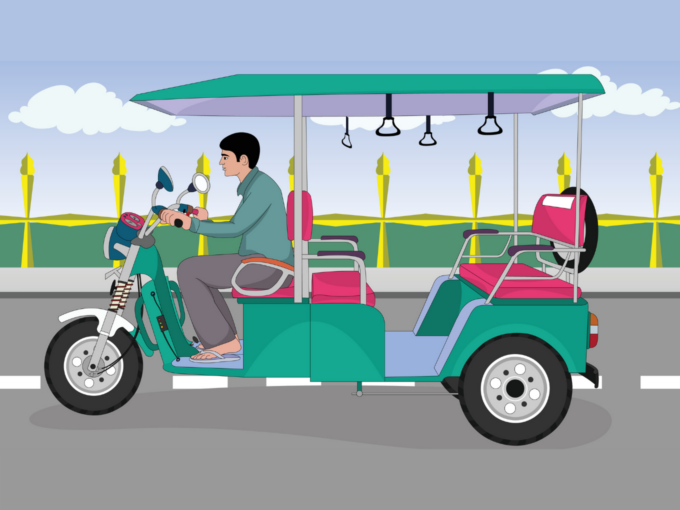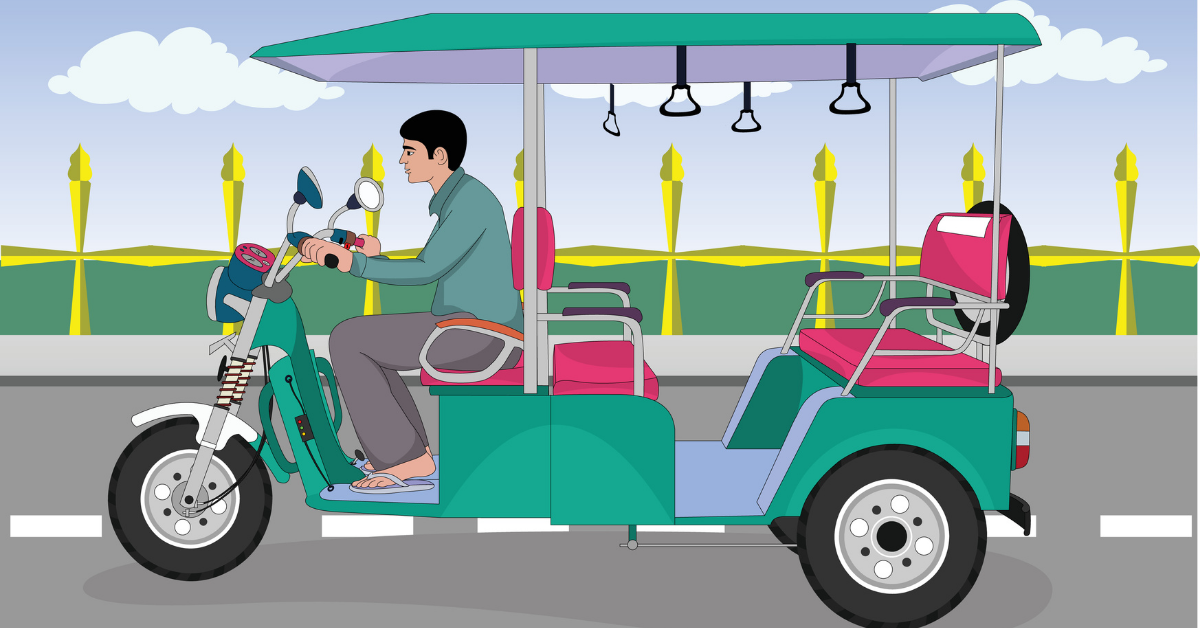COP26 Glasgow, India unveiled an ambitious plan — to achieve net-zero carbon emissions by 2070. The adoption of EVs is an integral part of achieving this goal
India stands to benefit largely in terms of cost and its ESG commitments if the Indian public shared mobility and commercial logistics markets make the shift to EV
Indian tech startups can act as the nerve centre of this network by taking ownership — managing demand and supply, prolonging the lifecycle of batteries, reducing charging times, widening the charging infrastructure, streamlining and digitising the payment process

Climate change and sustainability have taken centre stage worldwide. As the world moves away from fossil fuels and transitions towards a more environmentally friendly source of mobility, electric vehicles have gained the spotlight. The EV space has seen a lot of traction lately.
In fact, at COP26 Glasgow, India unveiled an ambitious plan — to achieve net-zero carbon emissions by 2070. The adoption of EVs is an integral part of achieving this goal. To put it in perspective, India’s oil imports stands at 77.1% of our total domestic needs which is quite a burden to put on the exchequer in terms of foreign exchange.
Thus, India and its interests are deeply vested in the rapid growth of EVs in the coming years. India stands to benefit largely in terms of cost and its ESG commitments if the Indian public shared mobility and commercial logistics markets make the shift to EV.
Barriers To EV Adoption
So, what stands in the way? There are four key deterrents that hamper the acceptance of EVs in India:
- High Upfront Costs: Almost 40-50% of an EV’s cost is driven by the that of the batteries. An EV that costs INR 1 Lakh to make has batteries that cost Rs 40K for the manufacturer
- Range Anxiety: Due to a lack of sufficient charging infrastructure, potential electric vehicle purchasers experience ’range anxiety’. They are hesitant because the charge in an electric vehicle might not last until it reaches its destination
- Long Refuelling Time: It takes hours to charge EV batteries, making them unusable during their more useful hours
- Lack of Scalable Charging Models: The charging infrastructure refers to the network of EV charging stations and battery swap stations that are required to refuel EVs reliably while on the road. India’s adoption is hampered by a large gap of significant charging infrastructure
The commercial EV charging infrastructure in India falls woefully short of what is required for mass adoption. The charging infrastructure for a personal EV can be found in homes or organised commercial spaces like office buildings and shopping malls. Though, the situation is quite discouraging when it comes to commercially deployed EVs in shared mobility and logistics.
The Way Forward
The mass adoption of EVs is heavily dependent on addressing the deterrents the market faces. The only way forward is to ensure the following:
Make EVs More Affordable By Offering Batteries-As-A-Service Vs. A Standard Fitment
This will drop the fixed cost of an EV by 40-50%. The original equipment manufacturers (OEMs) must establish partnerships with refuelling businesses, charging and swapping companies. They should also consider a tie-up with other players in the space to standardise battery specs. This will enable the OEMs to reduce upfront costs and eliminate sticker shock for consumers, leading to increased infrastructure, sales, and adoption.
Range Anxiety
Range anxiety can be solved by having the same specification of batteries as any other vehicle in the same segment. This will ensure there is an omnipresent recharging network to plug in and recharge one’s batteries. But is it the solution for commercial mobility and logistics?
Not really, as unlike filling fuel, electric charging takes time. For an electric rickshaw or a two-wheeler delivering goods in the streets of Delhi, Kolkata, or Lucknow, it takes anywhere between five to eight hours on an unauthorised and disorganised charging point to get back on the road.
This means that about 150K erickshaws in Delhi NCR are either off the road from 11 am to 5 pm. This forces the lower-income consumers to access less-affordable fossil fuel options during these hours to cover small distances — whether it is students, workers, seniors, office-goers, or gig workers on travelling jobs. This creates a supply problem even though there is infinite demand for commuting short distances during these hours. It also creates unnecessary congestion and air pollution.
The situation is multiplied several folds in smaller Indian cities which house about 1.8 Mn erickshaws with even lower disposable income.
Battery Swapping
This begs the question of how an EV owner keeps his vehicle on the road 24×7 carting passengers and goods around. An extensive battery-swapping network comes in handy in such situations and helps in solving the issues of range anxiety and long refuelling time. The driver just has to go to the nearest station and “swap” his discharged battery for a charged one. The discharged battery is then instantly placed for charging and starts to appear for a swap as it gets charged fully. The EV owner is thus, oblivious to the charging time for each battery that is taking place ‘optimally’.
How Does ‘Optimality’ Get Achieved?
This is down to the tech startups in India. They can act as the nerve centre of this network by taking ownership of the segment. This involves managing demand and supply, prolonging the lifecycle of batteries, creating recycling options, reducing charging times, widening the charging infrastructure, streamlining and digitising the payment process and ensuring automatic membership recognition for various stakeholders.
The resultant effects will trickle down to the demand and supply side. Public shared mobility EVs such as erickshaws, autos, and commercial 2Ws would no longer need to stay off the road for charging and would be able to recharge anytime. The income of the erickshaw driver will jump two times within the same working hours. This will open up greater adoption avenues.
Advanced charging technologies can only bring recharging times down to a maximum of 15 minutes or so. This will require a more advanced battery tech that will lead to increased costs. This will act as a scale deterrent and thus, the issue of charging infrastructure cannot be solely solved by advanced tech.
A swapping network can create a scalable charging infrastructure model. Commercial EV adoption in both shared and personal mobility and logistics in India can only be driven when this operates under a “shared economy”, with the lowest net new resources added.
This is very important in a world with a finite stock of resources, where the creation of fresh resources happens at the cost of harmful long-term ecological impact. Herein lies the importance of sustainable economic models like this, which generate profits from a low investment threshold and ensure viability in terms of low pay-per-use for the customer.
Battery swapping combines advantages on both the impact and the investment side of things. It is the perfect example of a socially beneficial and climate-responsible investment that our planet needs right now.










